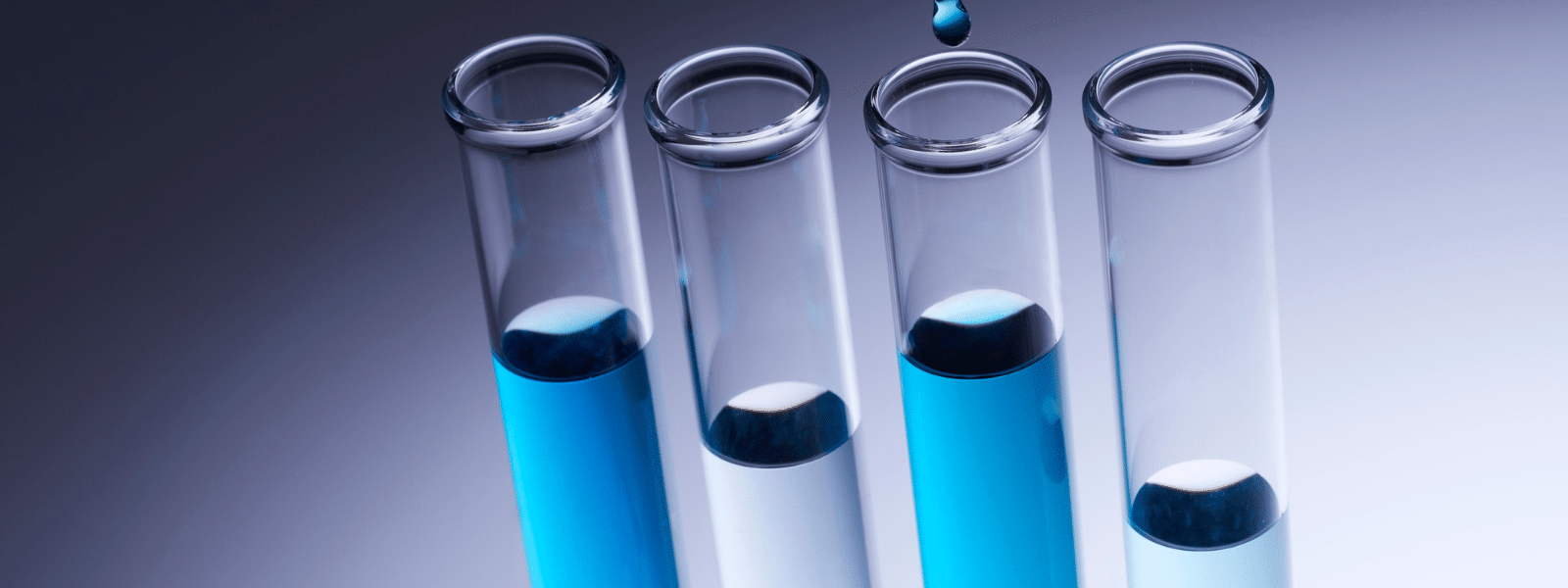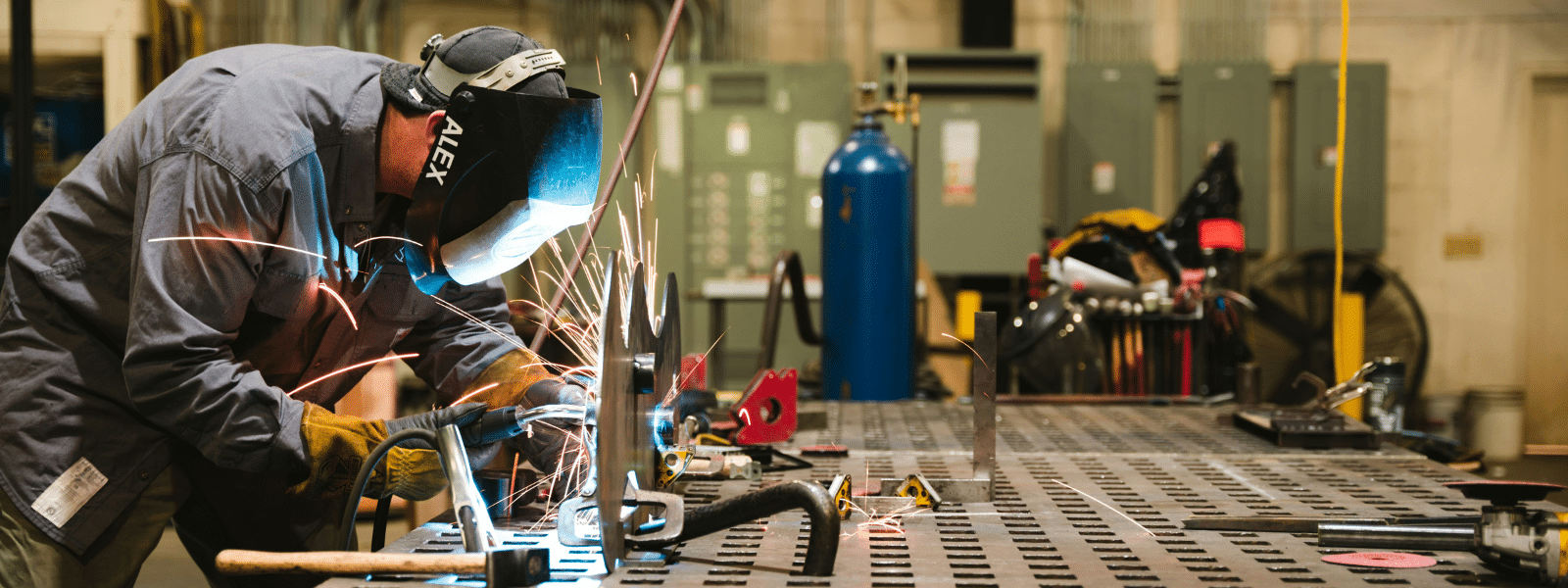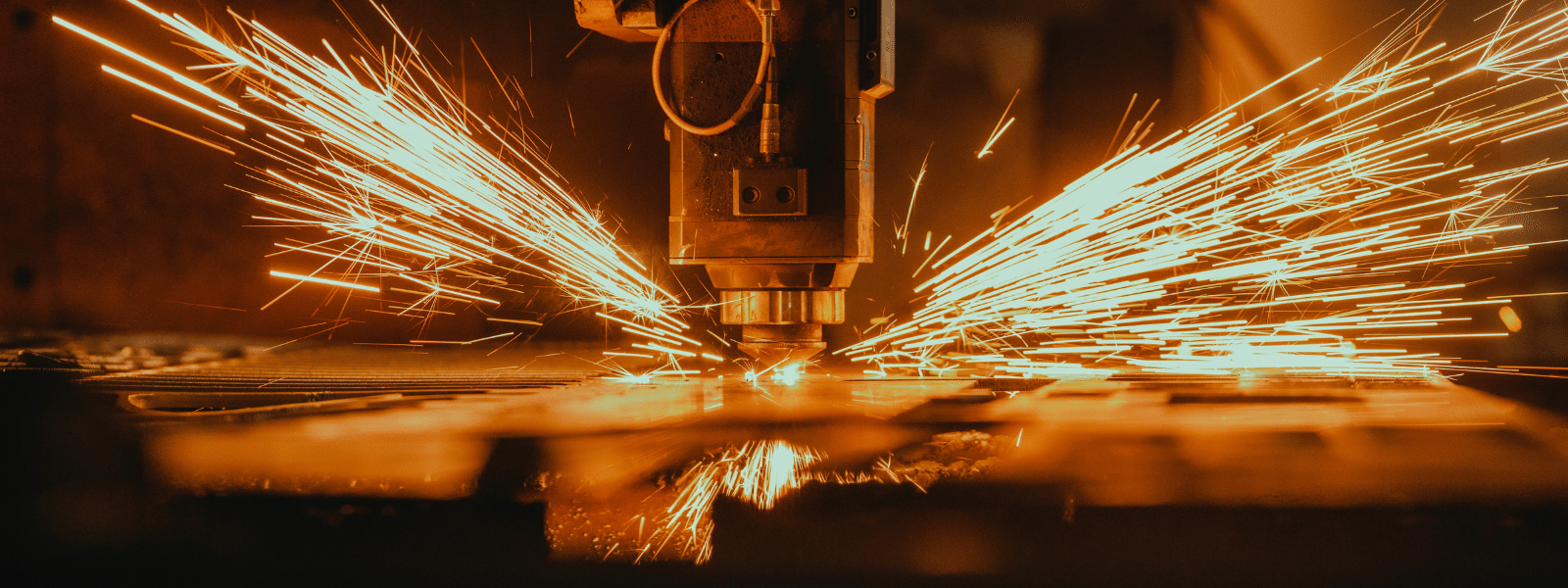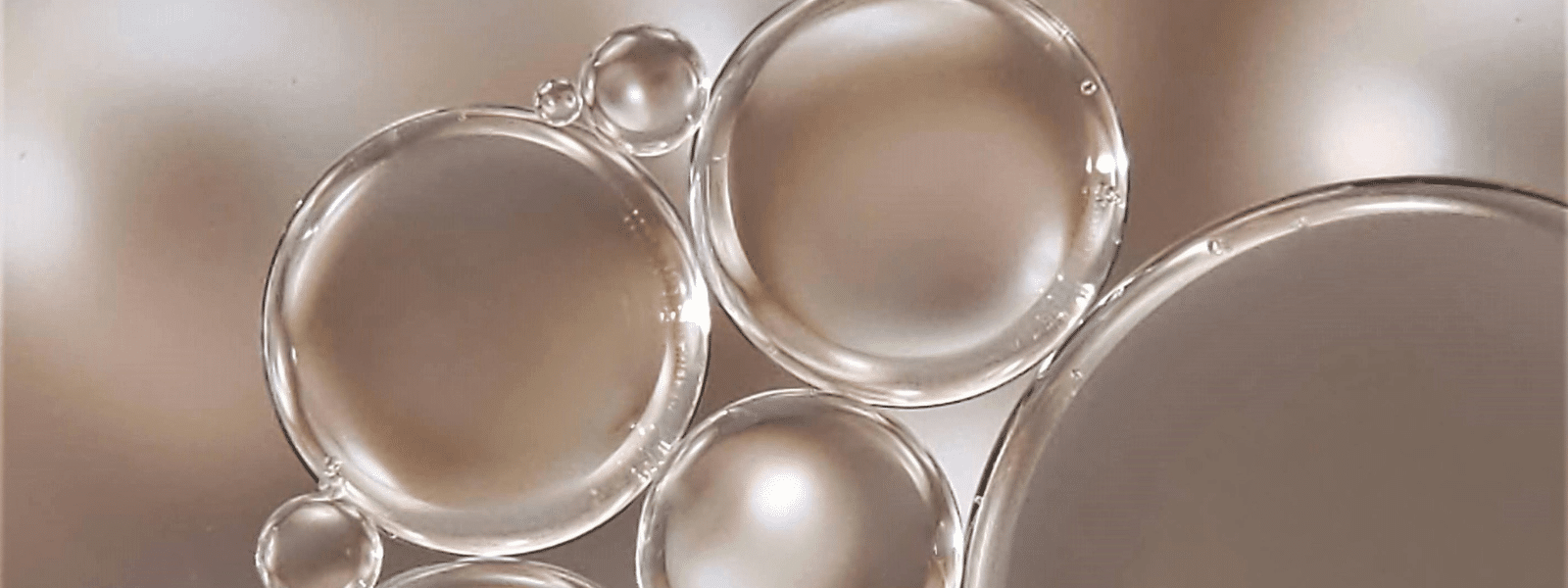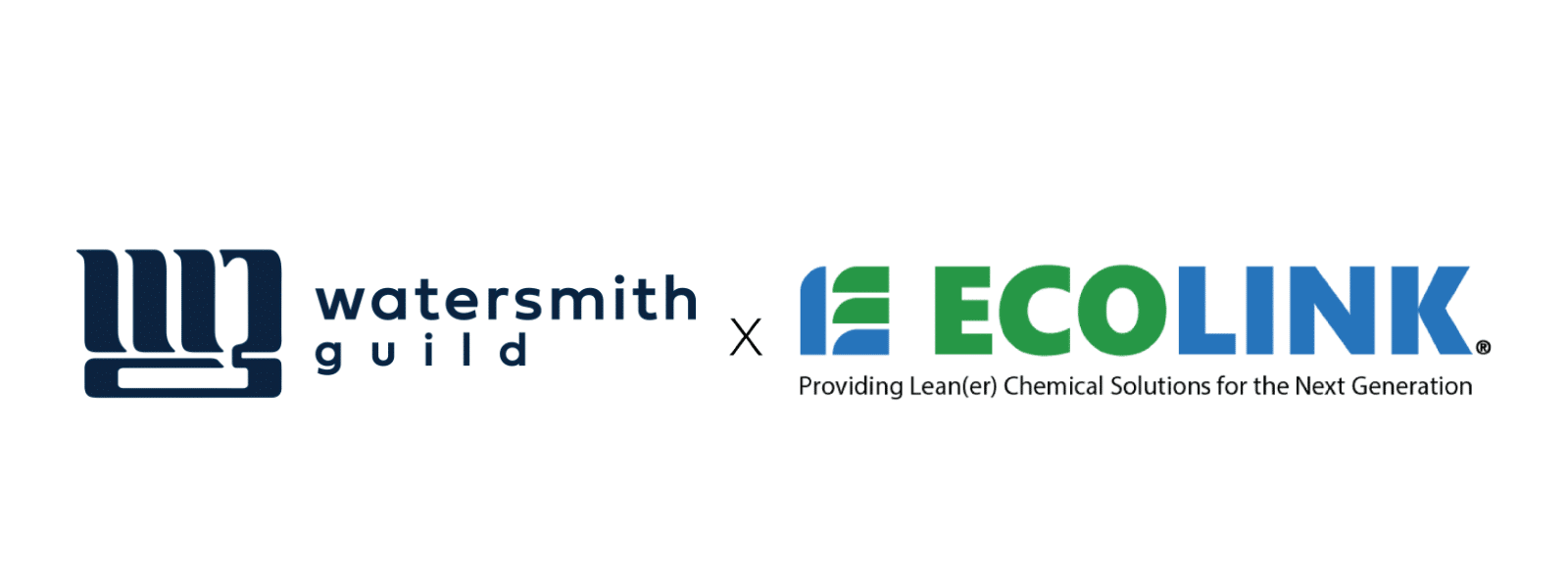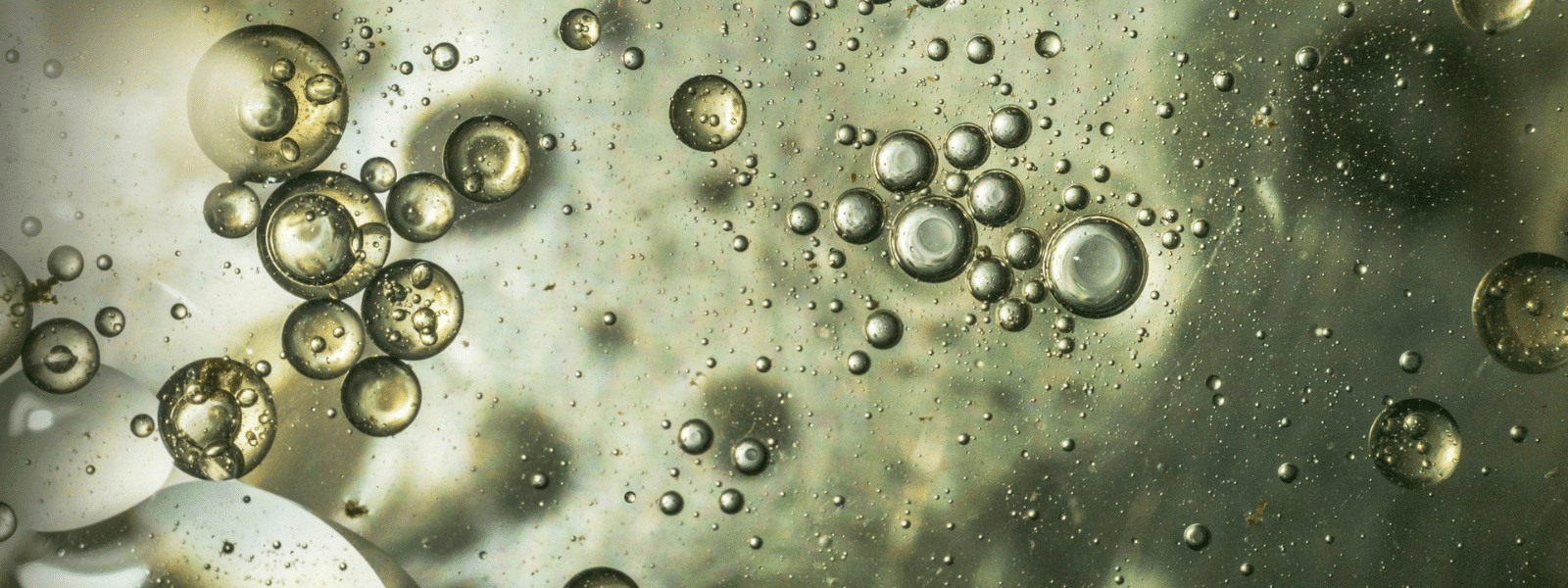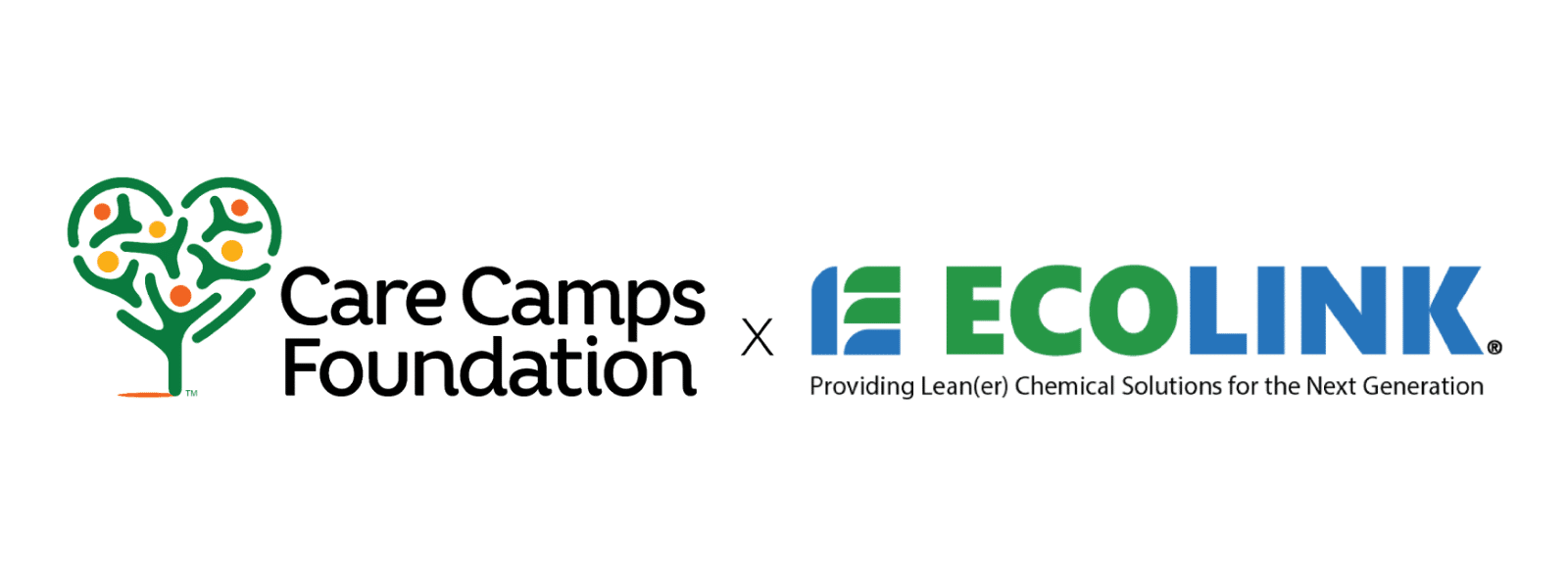Pressure is an essential catalyst for performing industrial parts cleaning operations. When we think of work processes where pressure is used to remove accumulations, we often think of applying pressure manually, using of a liquid solvent and an applicator such as a hand brush, or applying pressure with spray technologies such as aerosol and power washing units.
Moreover, we typically think of applying cleaners in liquid form, but certain cleaners can also be used in pressurized, vaporous form. Because vapor is diffuse and tends to disappear quickly in open air, vapor cleaning is performed using a special machine that pressurizes the vapor from a heated cleaning solution and prevents it from escaping. Regardless of the machine and cleaner used, the success of the operation depends on pressurized vapor.
What is Vapor Pressure?
Also known as equilibrium vapor pressure, vapor pressure is defined as “The pressure exerted by a vapor in thermodynamic equilibrium with its condensed phases (solid or liquid) at a given temperature in a closed system” (Wikipedia).
The vapor comes from a cleaning solution that is placed inside the closed system, where it is heated to produce vapor. The closed system is the machine in which workpieces are placed to be cleaned by vapor pressure.
Vapor cleaning is a relatively simple measure that even those who are new to the process can understand. However, the process can become fraught with complexities, unless the right cleaning agent is used, the right vapor cleaning equipment is in place, and the combination of the two is suitable for thoroughly cleaning the work pieces in question. This is why many companies and organizations turn to Ecolink for advice on industrial vapor cleaning.
How Ecolink Can Help
Vapor cleaning is a highly efficient cleaning process in terms of solvent use and first pass yield rate, which is the rate at which pieces are properly cleaned on the first attempt. If your vapor cleaning operations have an undesirable first pass yield rate, it may be because the wrong type of cleaner is used, or because the closed system cleaning unit applies a level of pressure that is insufficient for removing the accumulations.
Regardless of the cause, the solvent specialists at Ecolink can help you implement a better vapor cleaning system by carefully examining your needs in terms of what must be cleaned, the machine in which soiled workpieces are placed, and the vapor cleaning agent that removes the soil. We don’t sell vapor cleaning equipment, but we do offer industrial grade cleaning solvents and understand how they work within the context of the equipment.
Give Us a Call Today
For assistance with fine tuning your vapor cleaning operations, contact our product specialists today by calling (800) 563-1305, or use the contact form on our website. We are an industry-leading supplier of environmentally preferred and environmentally safe industrial cleaning solutions. With us serving as your trusted solvent supplier, you can be sure that you receive the right eco friendly cleaners for your requirements. Give us a call today!






